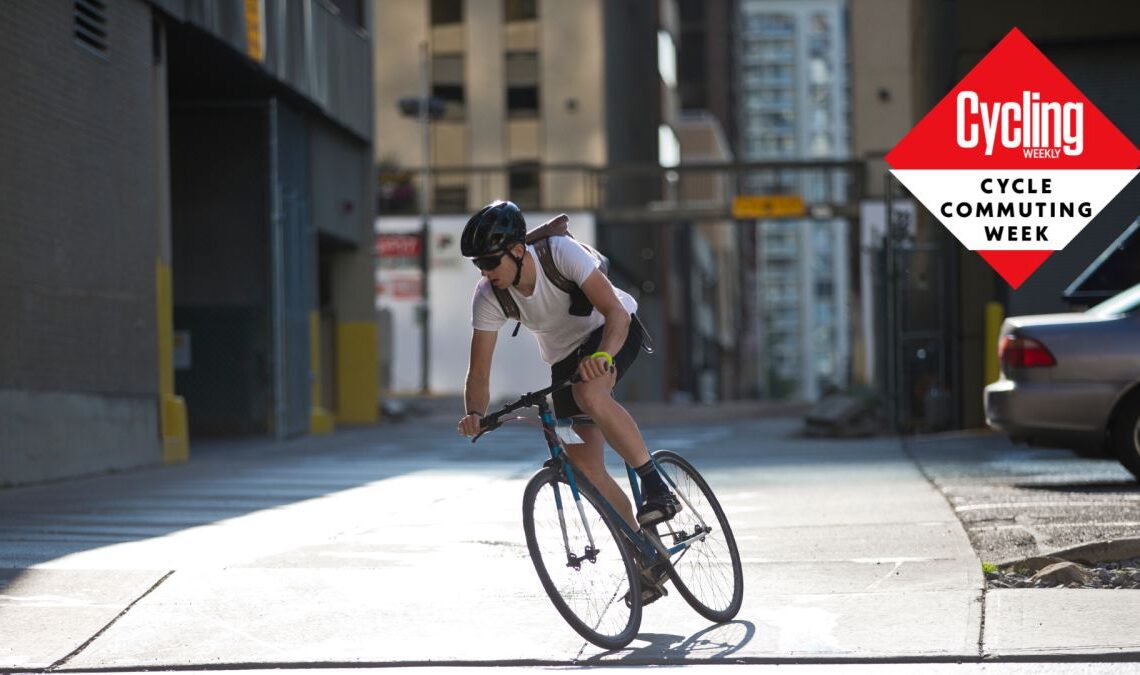You probably know the route of your commute by heart. If you usually take public transport, you probably know all the roads around your workplace, while if you drive you’ll know the fastest roads. You’ll probably know the bottlenecks too and you may hope to steal a jump on car drivers by sneaking around them while they’re held up at these.
But you can almost certainly make your commute easier and less stressful by finding some alternative routes that bypass them altogether. You’ll probably find they’re faster, that you can keep riding steadily rather than stopping and starting for lights and junctions and that you’ll not be riding through traffic fumes either.
Here are seven suggestions to plan a commute to work that’s easier, nicer, more comfortable and more enjoyable so that you continue to reap the many benefits of commuting by bike to work. Trying a few different route options will help keep your commute more interesting too.
Our top tips on how to plan a bike route for your commute to work
1. Use route planning tools for cyclists
The best route for a driver is probably not the best for a cyclist. Google Maps (opens in new tab) has the option to plan a route specific for cycling, so it’s worth seeing the options that it suggests and whether any are faster or quieter than riding the route it suggests for a car.
More and more towns and cities have segregated cycle lanes alongside roads. These often let you get along faster than mixing it with traffic, so it may be worth a slight detour to ride one of these.
There are loads of planning tools that help you find a route to your workplace
(Image credit: Future)
You might find a B or C road parallel to an A that is shorter and has less traffic or fewer stops for traffic lights. Once you get into urban areas, there may be a network of quiet residential streets that you can take to bypass busy main roads into town. Since they often have traffic calming measures, you may be able to travel faster than a car can be driven.
Beyond Google Maps, there are other resources for cycling commuters, like Sustrans’s maps of the National Cycle Network (opens in new tab). There may be traffic-free bike paths that go where you need to get to. CycleStreets (opens in new tab) is another option to map out a commuting route. It gives you three options: quietest, fastest and balanced, so you can pick and choose between routes or mix them up on different days.
2. Avoid hills
Climbs: great for leisure rides, not so good…

